Ed Hewitt, row2k.com
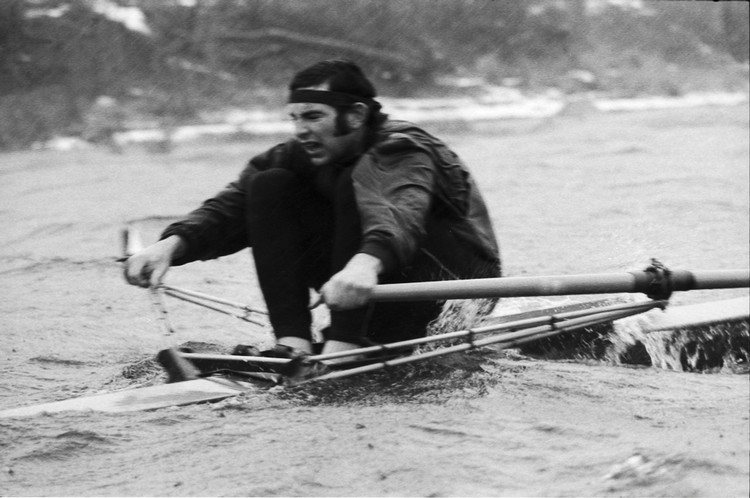
In our interview last month with Dutch Olympian and Life magazine photographer Co Rentmeester, Co recounted photographing Jim Dietz for Life Magazine prior to the 1972 Olympic trials. Of the sessions, Rentmeester told Life that "What excited me most when I started the sculling story was just the sight of the shell itself - its lines, its grace, its speed as it sliced through the water. Many people consider rowing a brutal and graceless sport, but I believe it's one of the purest forms of sport today, without any sort of professional influence. It requires not only an ultimate in physical conditioning, but great sensitivity in balance and reflexes. It is not a social sport. It's rough and agonizing. I wanted to show the guts, the persistence, the mental toughness, the mood and the loneliness that you have to have in the sport."
Of photographing Dietz, Rentmeester said "His agony didn't disturb me at all, because I knew this was part of rowing. If he didn't punish his body, it wouldn't be a true effort. Of course, I also knew the pain would make a good picture."
Jim shares his recollection of the sessions and the time below.

In January of 1972, I was approached by my coach Jack Sulger and asked if I would like to be the subject of a story that was going to be written on rowing for Life Magazine. I think that it surprised Jack when I emphatically said NO! When he asked why, I told him that I was still upset about being misquoted by a New York Times sports writer while racing at the English Henley the previous year and didn't want any distractions to my training for the upcoming Olympics in Munich.
Jack tried to convince me that this article would be great publicity for our sport. Life Magazine was one of the most popular magazines of the time and read around the world. I still wasn't convinced about doing it until Jack informed me that the photographer was a sculler, Co Rentmeester who had raced for the Netherlands in the double at the 1960 Olympics. This changed everything for me. I thought if he was a sculler, he would understand what rowing was really about so I agreed to do the story.
Co showed up first at the NYAC at Traverse Island on February 5th and began following me, first over a long warm up run around Pelham and Orchard Beach and then a beautiful 12K row on the lagoon during a light snow storm. He told me that he wanted people to understand what a true amateur sport was all about. When he would talk of the beauty felt when a single scull was moving well across the water, I realized that we were kindred spirits.

Co would continue to follow me for the next two to three weeks, in NY and then back in Boston, where I was completing my senior year at Northeastern University. During that time together there was nothing that was staged except the one day that we met after class and he asked me to go to Dorchester to run by a Weeping Willow tree that he saw the previous day.
I said "Sure, let me go to the Gym and change into some running stuff." He said no we didn't have time; he wanted a silhouette with the tree as the backdrop as the sun was setting. 'You have your Adidas on, that's all we need." A short drive over to Dorchester and that classic photo was taken.

Aside from that day, everything that Co photographed was just my daily routine of eat, sleep, training and school. I think that he really enjoyed being around the other guys on the team and comparing the workouts and training methods that he experienced as a youth to what we were doing back then in the 70's. He lit up and got excited just talking about rowing.

There was nothing glamorous in training! It was the same when he rowed to when we rowed. You can see from the pictures in the stair well of the old building where we would run flights of stairs (with pigeon shit everywhere), to erging in the basement of the old gym with pipes on the ceiling.

Co understood that to be successful in rowing was the ability to endure the hours of training, and to be a single sculler was to do it alone. Hence the title of the Life Magazine article 'A Single Scullers Search for Pain.' I'm sure that Co had beautiful memories of his time on the water but what he wanted his readers to appreciate was how difficult the sport is. I think it made him as a person, as it has made many of us.
I tried to convey to Co the beauty and peace that I found in my single. It was not the Loneliness of the Long-distance Sculler that he spoke of. It was a sense of peace and gratification that I felt after completing a great training session or race. We know today about endorphins and how that effects your mind, but I felt it was more and tried to convey that to him. It was an escape from your environment and any other troubles that you may have going on. It freed your mind.
One afternoon back in NY the water and wind were blowing hard down on the old 1964 Olympic trials rowing course. On any other day, I would have opted for a long run or an erg. Co had other ideas. "Let's go it looks great out there!" I thought 'Is he kidding!' You were not going to get much done in those conditions. We were shortly on the water with Co being driven in the launch by Vin Ventura one of my teammates and a coach at the AC. I think it was difficult for him to shoot any film with the launch bouncing so much in the waves.
Co loved the entire experience and we all survived. Those are the action shots that I really did enjoy making. It's an outdoor sport and you come to love any conditions when you're on the water.

Immediately following the Olympic trials at Lake Waramaug, Co Rentmeester and his Time Life staff presented my mother with a Large Red Folder with many of the pictures that Co had taken in our three weeks together. The pictures in the book were beautiful, rowing through the snow and running through the hills. My mother thought they should have used more of those rather than all the hard looking pictures in the magazine and told them just that. The Magazine published the 8-page pictorial on April 14, 1972, prior to the trials. (Pressure was on me to win!) It was more Co's story with my pictures, but I thought it did convey to the reader how demanding our sport was.

As my coach Jack Sulger alluded to early on, this was great recognition for our sport and those who reach for the highest levels of it at the Olympics. The comments in the letters to the editor section the following month were very positive, as were those not published in the magazine that were forwarded to me. The best one was where a Vince Lombardi quote was used.
Some 50 years later while attending a hall of fame induction for a friend of mine at Northeastern University, a small man came over to me and introduced himself. He said that he was my finance teacher back in the day, and that he remembered me well. He said that because only once in his career did he ever have a famous Life Magazine photographer come to his classroom during an exam ask to take pictures. I think that picture made it to publication, and I did pass the exam!


If you enjoy and rely on row2k, we need your help to be able to keep doing all this. Though row2k sometimes looks like a big, outside-funded operation, it mainly runs on enthusiasm and grit. Help us keep it coming, thank you! Learn more.
Comments | Log in to comment |
- Bont Rowing
- Calm Waters Rowing
- Concept 2
- Craftsbury Sculling
- The Crew Classic
- CrewLAB
- Croker
- Dad Vail Regatta
- Durham Boat Co.
- Empacher
- Faster Masters
- Filippi
- Fluidesign
- h2row.net
- HUDSON
- Live2Row Studios
- Nielsen-Kellerman
- Oak Ridge RA
- Peinert Boat Works
- Pocock Racing Shells
- Race1 USA
- Rockland Rowing Masters Regatta
- RowKraft
- Rubini Jewelers
- Vespoli USA
- WinTech Racing
- Bont Rowing
- Calm Waters Rowing
- Concept 2
- Craftsbury Sculling
- The Crew Classic
- CrewLAB
- Croker
- Dad Vail Regatta
- Durham Boat Co.
- Empacher
- Faster Masters
- Filippi
- Fluidesign
- h2row.net
- HUDSON
- Live2Row Studios
- Nielsen-Kellerman
- Oak Ridge RA
- Peinert Boat Works
- Pocock Racing Shells
- Race1 USA
- Rockland Rowing Masters Regatta
- RowKraft
- Rubini Jewelers
- Vespoli USA
- WinTech Racing



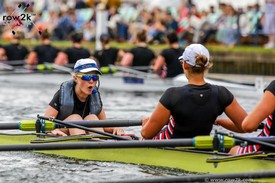
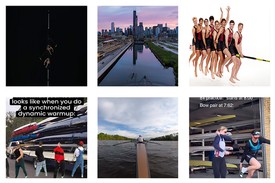


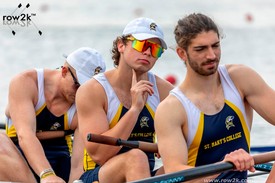
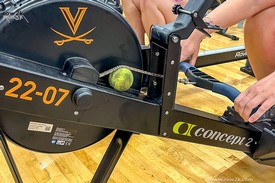
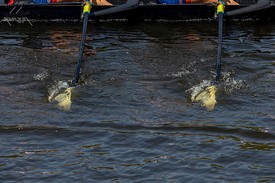
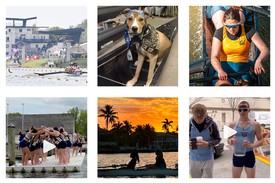






01/03/2023 11:55:32 AM
02/09/2022 11:29:57 PM
02/09/2022 4:37:06 PM
02/09/2022 12:40:13 PM